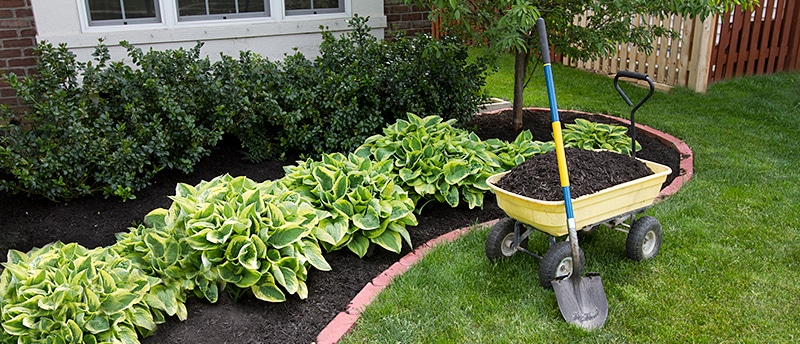The Ultimate Guide to Lawn Maintenance
A well-maintained lawn enhances the beauty of your home, provides a space for outdoor activities, and contributes to a healthy environment. Whether you’re a seasoned gardener or a beginner, understanding the essentials of lawn care can help you maintain a lush, green yard year-round.
1. Understanding Your Lawn
Before diving into maintenance, identify your grass type—cool-season or warm-season—as this influences watering, mowing, and fertilization schedules.
- Frequency: Mow regularly, ensuring not to cut more than one-third of the grass height at a time.
- Blade Sharpness: Keep mower blades sharp to ensure clean cuts and prevent lawn damage.
- Height: Adjust mowing height according to grass type; generally, 2.5 to 3.5 inches is ideal.
3. Watering Wisely
- Timing: Water early in the morning to reduce evaporation.
- Depth: Aim for deep, infrequent watering, about 1 inch per week, including rainfall.
- Avoid Overwatering: Excess water can lead to disease and shallow root systems.
4. Fertilizing for Growth
- Schedule: Apply fertilizer based on grass type and local climate. Typically, spring and fall are key times.
- Type: Choose the right fertilizer—slow-release options provide sustained nutrients.
- Application: Follow package instructions to avoid over-fertilizing, which can harm your lawn.
5. Weed and Pest Control
- Weed Management: Use pre-emergent herbicides in early spring and hand-pull weeds as needed.
- Pest Monitoring: Regularly inspect for pests and treat with eco-friendly options when possible.
6. Seasonal Lawn Care Tips
- Spring: Aerate soil, fertilize, and overseed bare spots.
- Summer: Focus on consistent watering and mowing; avoid heavy fertilizing.
- Fall: Rake leaves, aerate, and apply fall fertilizer.
- Winter: Minimize lawn traffic and keep it clear of debris.
7. Aeration and Overseeding
Aerate your lawn annually to improve soil compaction and enhance root growth. Overseeding helps fill in bare patches and promotes a dense, healthy turf.
8. Common Lawn Care Mistakes
- Overwatering or underwatering
- Cutting grass too short
- Ignoring soil health
- Applying too much fertilizer
Consistent lawn maintenance is key to achieving a vibrant, healthy yard. By understanding your lawn’s needs and following these best practices, you can create an inviting outdoor space that thrives year-round.






